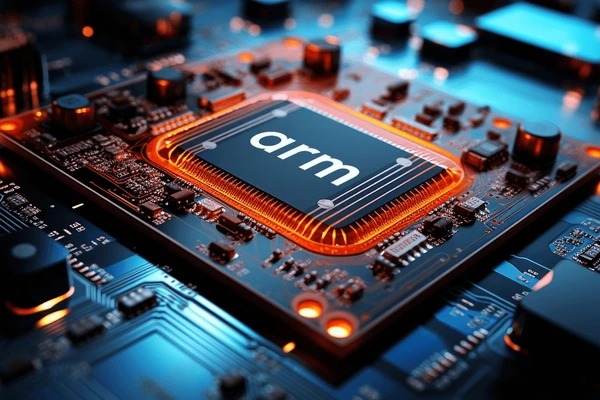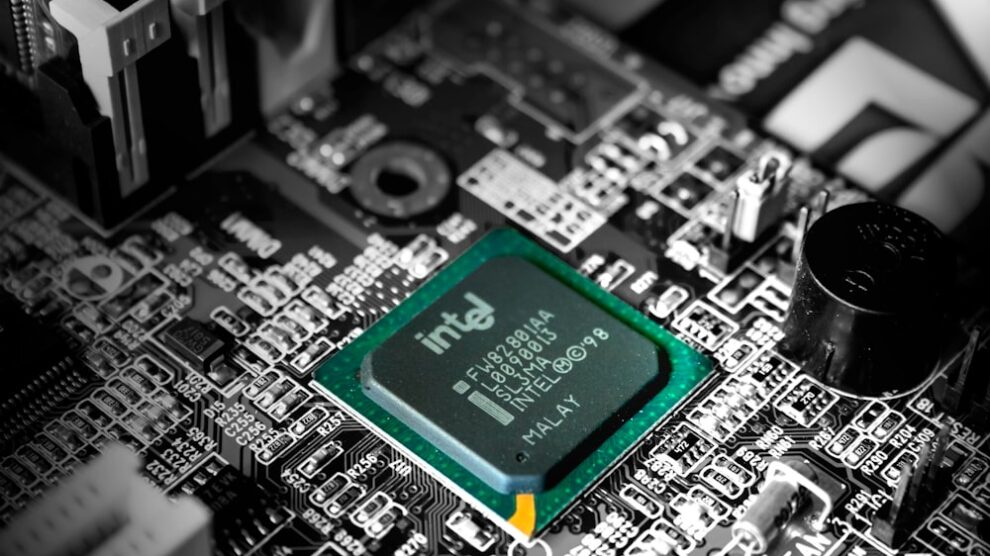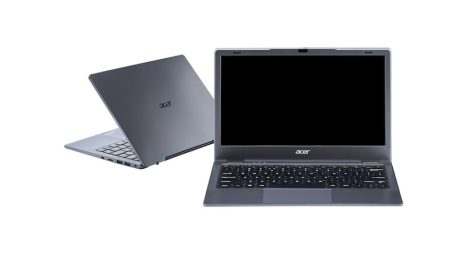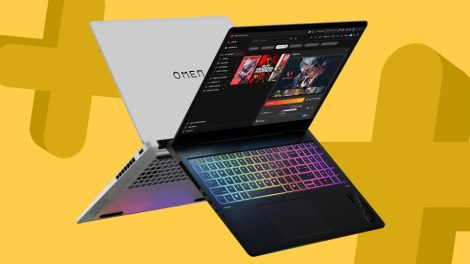The introduction of Windows laptops powered by ARM-based processors like the Snapdragon X Elite marks a significant shift in the personal computing landscape. This move challenges the long-standing dominance of x86 processors from Intel and AMD. Let’s explore the potential benefits and drawbacks of this architectural change.

Benefits of ARM-based Processors in Windows Laptops
1. Enhanced Power Efficiency
ARM processors are renowned for their energy efficiency, a characteristic that has made them ubiquitous in mobile devices.
- Longer Battery Life: ARM-based laptops often boast significantly longer battery life compared to their x86 counterparts.
- Cooler Operation: Lower power consumption typically results in less heat generation, potentially allowing for fanless designs or quieter operation.
2. Always-On Connectivity
Many ARM-based laptops come with integrated cellular modems, enabling:
- Instant Wake: Similar to smartphones, these laptops can maintain a network connection even when in sleep mode.
- Constant Internet Access: Users can stay connected without relying on Wi-Fi hotspots.
3. Improved AI Performance
ARM designs often include dedicated neural processing units (NPUs):
- Enhanced AI Tasks: This can lead to better performance in AI-driven features like voice recognition, image processing, and predictive text.
- Efficient Background Processing: AI tasks can be offloaded to the NPU, preserving battery life and main processor resources.
4. Potential for Slimmer Designs
The power efficiency of ARM processors can enable:
- Fanless Designs: Eliminating the need for active cooling in some models.
- Smaller Batteries: Achieving good battery life with less physical battery capacity, allowing for thinner and lighter laptops.
Drawbacks and Challenges of ARM-based Windows Laptops
1. Software Compatibility
This remains one of the biggest hurdles for widespread ARM adoption in the Windows ecosystem.
- Legacy Application Support: Many older Windows applications are designed for x86 architecture and may require emulation to run on ARM, potentially impacting performance.
- Driver Availability: Hardware drivers may need to be rewritten for ARM, potentially limiting peripheral compatibility.
2. Performance in Specific Workloads
While ARM processors have made significant strides, they may still lag in certain areas:
- High-end Gaming: The x86 architecture still dominates in gaming performance, with better support for dedicated GPUs.
- Specialized Professional Software: Some industry-specific applications may not be optimized for ARM, potentially leading to performance issues.
3. Ecosystem Maturity
The x86 Windows ecosystem has decades of development behind it:
- Limited Hardware Options: Fewer ARM-based Windows devices are currently available compared to x86 options.
- Developer Adoption: It may take time for developers to fully embrace and optimize for the ARM architecture on Windows.
4. Emulation Overhead
While Windows includes x86 emulation for ARM processors, this comes with trade-offs:
- Performance Impact: Emulated applications may run slower or consume more power than native ARM apps.
- Compatibility Issues: Some applications may not work correctly under emulation, leading to potential frustration for users.
The Road Ahead: Balancing Act for Microsoft and Manufacturers
Driving Native ARM Development
For ARM-based Windows laptops to truly succeed, Microsoft and its partners need to:
- Incentivize developers to create native ARM versions of popular applications
- Improve the development tools and processes for cross-architecture software creation
- Showcase the unique benefits of ARM-based systems to attract both developers and consumers
Leveraging ARM’s Strengths
To differentiate ARM-based laptops, manufacturers should focus on:
- Creating ultra-portable devices with exceptional battery life
- Developing innovative form factors that take advantage of ARM’s efficiency
- Integrating advanced AI features that utilize dedicated NPUs
Improving Emulation and Compatibility
Microsoft needs to continue refining its x86 emulation technology:
- Reducing the performance overhead of running x86 applications on ARM
- Expanding the range of compatible software and hardware
- Providing clear guidance to users about application compatibility and performance expectations
Conclusion: A Transformative Potential with Hurdles to Overcome
The introduction of ARM-based processors like the Snapdragon X Elite in Windows laptops represents a potentially transformative shift in personal computing. These processors offer compelling benefits in terms of power efficiency, connectivity, and AI performance. However, the transition faces significant challenges, particularly in software compatibility and ecosystem maturity.
As Microsoft and its partners continue to invest in this technology, we may see a gradual shift in the Windows laptop market. The success of ARM-based Windows devices will likely depend on how well they can leverage their unique strengths while addressing the current limitations. For consumers, this evolution promises more diverse and potentially more capable laptop options in the future, though careful consideration of individual needs and software requirements will be crucial when choosing between ARM and x86-based systems.
Ultimately, the coexistence of ARM and x86 architectures in the Windows ecosystem may lead to increased innovation and competition, benefiting users with a wider range of specialized devices tailored to different use cases and preferences.










Add Comment